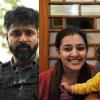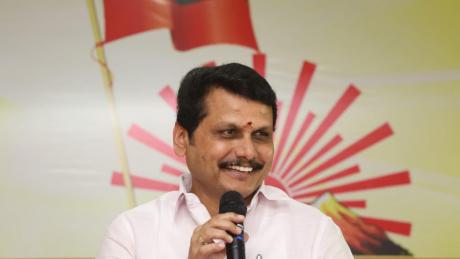A month after Chandrayaan -3 mission was launched by the Indian Space Research Organization (ISRO) from its iconic launchpad in Sriharikota, Andhra Pradesh, the mission is getting close to its destination and to create history. On Thursday- August 17, India's space agency has officially announced that the lander of the mission has been separated from the module and it is all set to get descended to land on the unexplored south side of the Moon.
On Thursday, ISRO took to social media and announced the nation about a remarkable phase of the mission. "Chandrayaan-3 mission. 'Thanks for the ride, mate! said the Lander Module (LM). LM is successfully separated from the Propulsion Module (PM). LM is set to descend to a slightly lower orbit upon a deboosting planned for tomorrow around 1600 hrs IST", the Indian space agency wrote.
As the mission nears its final leg of its odyssey, the Vikram lander will be landing on the south side of the Moon after which Pragyan rover will get disembarked from the lander to commence its task of studying the unknown Lunar surface that's ubiquitous with rocks and craters. If the lander successfully lands on the south side, India will become the first country to land on the region. However, on the other land, India might likely end up losing its rank as Russia's similar mission 'Luna 25' is fast-pacing towards landing on the south side.
It has been reported that after a series of manouevres, Vikram lander is expected to touch down on the south pole of the Moon on August 23. After the landing, the 26-kg Pragyan rover will explore the Moon's surface at the speed of 1 cm/sec. The rover is equipped with solar panels and both Vikram and Pragyan are expected to function for one lunar day or 14 earth days.
After 14 earth days, the rover will lose power due to the lack of sunlight. The PM will continue its journey on the current orbit for a long time and it carries Spectro-polarimetry of HAbitable Planet Earth (SHAPE), which is an experimental payload that would perform a spectroscopic study of the Earth's atmosphere and measure the variations in polarisation from the clouds on Earth. It is pertinent to note that Chandrayaan-3 was launched from Sriharikota on July 14.
Chandrayaan-3 Mission:
— ISRO (@isro) August 17, 2023
‘Thanks for the ride, mate! 👋’
said the Lander Module (LM).
LM is successfully separated from the Propulsion Module (PM)
LM is set to descend to a slightly lower orbit upon a deboosting planned for tomorrow around 1600 Hrs., IST.
Now, 🇮🇳 has3⃣ 🛰️🛰️🛰️… pic.twitter.com/rJKkPSr6Ct









Comments